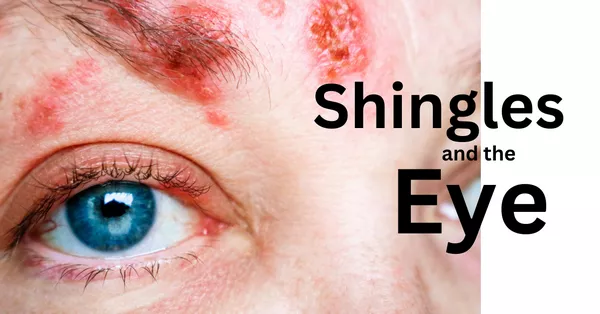Shingles, medically known as herpes zoster, is a viral infection caused by the varicella-zoster virus—the same virus that causes chickenpox. This infection can cause a range of symptoms, including a distinctive rash and pain. One common question that arises is whether shingles is painful to the touch. Let’s delve into this topic to understand the nature of shingles pain and how it affects individuals.
Understanding Shingles Pain
Shingles typically begins with a localized area of pain or tingling, often on one side of the body or face. This discomfort can be intense and may precede the appearance of the characteristic rash by a few days. As the virus reactivates within the body’s nerve cells, it travels along the nerves, leading to inflammation and irritation of the affected nerve fibers. This process contributes significantly to the pain associated with shingles.
The pain experienced with shingles can vary widely in its nature and severity. Some describe it as sharp, stabbing, or burning, while others may experience a deep, dull ache. What makes shingles particularly challenging is the development of a rash, which can exacerbate the pain, especially when touched or pressure is applied to the affected area.
Sensitivity to Touch
One of the hallmark features of shingles-related pain is increased sensitivity, particularly to touch. The affected area of skin can become extremely tender, and even light touch or clothing brushing against the rash can be excruciatingly painful. This sensitivity, termed allodynia, is a common feature of shingles and can persist even after the rash has healed.
The sensation of heightened sensitivity can be likened to a severe sunburn, where the skin feels raw and hypersensitive. Individuals with shingles may find it difficult to tolerate any form of touch over the affected area, which can significantly impact daily activities and quality of life during the acute phase of the illness.
The Role of Nerve Involvement
The pain associated with shingles is directly related to nerve involvement. When the varicella-zoster virus reactivates, it travels along nerve pathways to reach the skin, where it causes inflammation and the characteristic rash. This inflammation irritates the nerves, leading to abnormal signaling to the brain, which perceives this as pain.
The nerves affected during a shingles outbreak are part of the peripheral nervous system, which is responsible for transmitting sensations from the skin and underlying tissues to the brain. When these nerves become inflamed, they can become hyperexcitable, amplifying the sensation of pain in response to even light touch.
Management of Pain Sensitivity
Given the significant impact of touch sensitivity in shingles, managing pain becomes a crucial aspect of treatment. Physicians often prescribe medications to alleviate nerve-related pain, such as antiviral drugs, analgesics (pain relievers), and sometimes corticosteroids to reduce inflammation.
Additionally, topical treatments like numbing creams or patches can help alleviate the sensitivity in the affected area, making it more tolerable to touch. It’s essential for individuals with shingles to communicate their symptoms effectively to their healthcare provider to ensure appropriate pain management strategies are implemented.
Recovery and Post-Shingles Pain
For many individuals, the acute phase of shingles gradually resolves over a few weeks, with the rash healing and pain subsiding. However, some people may experience a complication known as postherpetic neuralgia (PHN), where nerve pain persists for months or even years after the rash has cleared. During this phase, the skin can remain sensitive to touch and pressure, impacting daily life and overall well-being.
Managing PHN requires a comprehensive approach that may include medications specifically targeting nerve pain, physical therapy, and complementary therapies such as acupuncture or nerve blocks. Early intervention and diligent pain management can help minimize the impact of PHN on long-term quality of life.
Conclusion
In conclusion, shingles can indeed be painful to the touch due to heightened sensitivity and inflammation of nerves in the affected area. This pain can range from mild discomfort to severe, debilitating sensations that impact daily activities. Understanding the nature of shingles pain and its implications is crucial for effective management and recovery.
If you suspect you have shingles or are experiencing symptoms of increased pain sensitivity, it’s essential to seek medical attention promptly. Early diagnosis and treatment can help mitigate the severity of symptoms and reduce the risk of complications such as postherpetic neuralgia. Remember, effective pain management is key to improving outcomes and restoring quality of life for individuals affected by shingles.
Related topics:
Is Shingles Deadly to the Elderly?
Are Shingles Dangerous for the Elderly
The Dangers of Shingles to Pregnant Women: Understanding Risks, Treatment, and Prevention


























